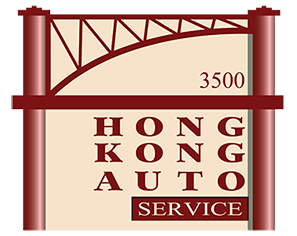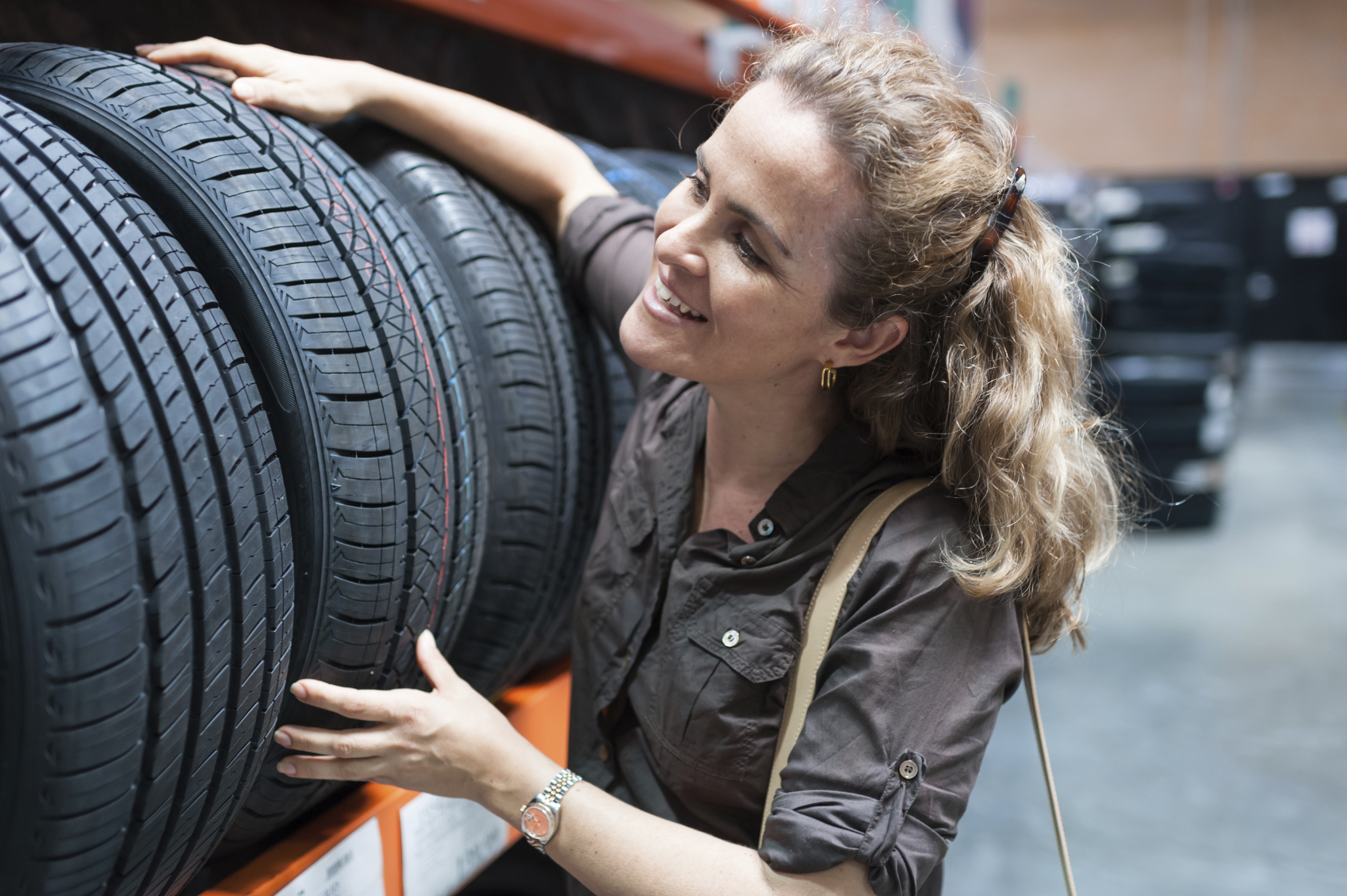How Do I Choose the Right Tires for My Car?
Are you in the market for new tires? Many of our clients bide their time through the summer and make a plan to buy new tires in September and October…still leaving plenty of time before the snow flies.
While many of you have a go-to brand or rely on the team at Hong Kong Auto Service to recommend the best tires for you, we know some of you also like to research your options.
For those of you who want a primer in tire buying, here are all of the finer details…
The Basics
Your tires play crucial roles as you drive, including:
- Supporting an automobile’s weight.
- Moving and stopping the vehicle.
- Providing a cushion from road bumps.
The Core
A tire’s core is the inner liner that holds the air and gives the tire its shape. This liner is enveloped by fabric belts. The bead is secured to the bottom of the belts and bonds the tire to the wheel. Steel belts lay atop the fabric belts to provide stability and to keep the tire tread as flat as possible against the road’s surface.
Tread Patterns
Tire tread patterns will vary to meet different driving conditions, such as driving in rain or snow or driving in all seasons and weather conditions.
The Sidewall
A tire’s sidewall and stiffness determines the type of “ride” it offers. For example, a shorter and stiffer sidewall enables superior cornering and sharper steering, but leads to a stiffer ride. On the other hand, taller and softer sidewalls permit better bump absorption and make for a smoother ride.
Know The Code
A tire’s sidewall contains alphanumeric codes that describe the tire dimensions and key characteristics. It’s important to understand these codes so you can choose replacement tires that meet the original specs for your car.
The size code begins with the letter “P” or with “LT” and will typically look like this: P215/65R15 95H.
The Breakdown:
- P or LT: Tire type. The “P” stands for passenger car, while “LT” is typically used on pickup trucks and SUVs. (Note: Many automakers will use “P” tires for SUVs.)
- 215: Tire width across the tread (measured in millimeters)
- 65: The sidewall’s aspect ratio vs. width. In this case, your tire’s sidewall height is 60 percent of the width.
- R: Radial construction. The overwhelming majority of tires on the road today are radials.
- 15: The size of the wheel or rim that the tire fits onto (measured in inches).
- 95: This is the Load Rating and indicates the maximum weight the tire can carry. The higher the number, the great the load the tire can handle. For example, a load rating of 95 means the tire can carry 1,521 pounds. Choose tires with a load index that’s at least as high as what your owner’s manual specifies.
- H: This is the Speed Rating and indicates the maximum sustainable speed. The max speed for this H-rated tire is 130 mph. Other ratings include: S – 112 mph; T – 118 mph; V – 149 mph, ZR – More than 149 mph.
- Traction & Temperature: You should also see “Traction A | Temperature A” or similar on the sidewall. These are the tire’s ability to stop on wet roads and temperature resistance. For traction, “C” is the worst rating a tire could have, and “AA” is the best rating. It’s similar for temperature: “A” is the best rating, and “C” is the worst.
- Maximum Pressure: This is the maximum amount of air pressure the tire can hold. Please DO NOT confuse this with the recommended psi for the tires on your vehicle. The recommended psi is typically well below the tire’s limit. For your tire specs, look on the door jamb, in your glove box or in your owner’s manual.
Why So Many Different Types of Tires?
Different types of tires permit you to choose a tire that better suits your driving style and the climate you live in.
Once you know the type and size of tire recommended by your vehicle owner’s manual, you may want to modify the other characteristics slightly. For example, would you like a softer or stiffer ride? Is fuel economy a top priority? How about noise? Is a quiet ride paramount, or are you willing to endure a bit of noise in favor of increased performance? Selecting a tire is a trade-off between these and other factors, including cost, load capability and wear.
Plus Sizing
Sometimes, motorists opt for “plus sizing,” in which bigger wheels and tires are mounted on a car to alter its appearance or to enhance handling. Again, there’s a trade-off between the increased traction and improved cornering that results, namely a harsher ride. Some experts say these plus-sized wheels and tires won’t hold up as well as the original-spec tires. If you want larger tires, remember: a replacement set should fall within 3 percent +/- of the original tire’s diameter. The set should also be approved for the same load as the originals.
Are You Ready To Equip Your Car With A New Set Of Treads?
At Hong Kong Auto Service, we can help you pick the tire that’s right for you. We understand tire technology and how to match your driving habits and your budget with the perfect tire. Stop by or call today for a complimentary tire evaluation and tire buying estimate.
Additional Reading:
Why should you choose Hong Kong Auto Service the next time you need tires?
Helping your tires last longer helps save you hundreds of dollars

